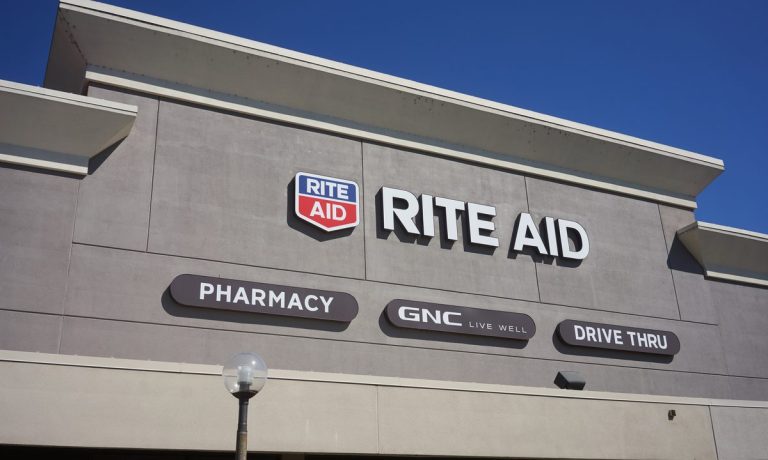Need for Pharmacy Innovation Rises as Gap Between Winners, Losers Widens

In a land of giants, where the corner pharmacy of yore is all but extinct, the fate of Rite Aid hangs in the balance, and perhaps the future of drugstores as we’ve now come to know them does too.
Among the pure-play pharmacy chains, Rite Aid began the week as a distant third place player behind Walgreens and category leader CVS, but after a brutal take down from Wall Street finished the week with a single-digit share price and a market value that’s slumped below $400 million with an “M.”
This after Deutsche Bank analyst George Hill reduced his price target on the stock to $1 and questioned whether the Pennsylvania-based operator of 2,450 stores could even exist.
“Unfortunately, we believe COVID has hastened the decline of the retail pharmacy segment and we see the potential for a dramatic negative inflection point for Rite Aid,” Hill wrote, saying the company’s current fiscal year outlook “seems to be unattainable.”
Those comments precipitated a 20%+ slide in the stock and worsened the retailer’s 12-month slump to more than 60%.
While Rite Aid offered no comment on the downgrade or the subsequent sell-off, it is set to report its latest quarterly results and meet with investors next Thursday (April 14) where it will presumably have to confront its present predicament.
Tough Business
While Rite Aid faces its own unique set of challenges it is hardly alone. A week ago, after projecting a slowdown from the COVID-fueled activities that have carried the industry for two years, Walgreens Boots Alliance was hit with its own set of downgrades and derision, in part due to its inability to make a decision on what to do with its European Boots unit, as well as from concerns that the Chicago-based operator of 13,000 locations across the U.S., Europe and Latin America lacked focus.
“Despite a positive long-term bias, WBA is simply too complicated at present,” Robert W. Baird analyst Eric Coldwell said in a note to clients explaining his downgrade of the stock.
Walgreens CEO Rosalind Brewer assured investors and analysts that the company was moving ahead with post-COVID plans that would reshape the business, from front of store to pharmacy to online to offsite.
“We are transforming and aligning the core business and building a pharmacy of the future that will enable and support our health care strategy,” Brewer said. “We’re building a platform of technology-enabled health care solutions with the consumer in mind, which is well positioned to fuel our next phase of growth.”
For its part, CVS also operates a mix of business under three distinct categories (Healthcare Benefits, Pharmacy Services and Retail) and has announced plans to shrink its store count and reduce the density of its 9,900 locations by about 10% over the next two years. The Rhode Island-based company, whose $140 billion market value is 3.5x larger than Walgreens, is set to report its Q1 results the first week of May.
Further complicating the fight for consumers’ hearts and minds is the fact that several non-core players, such as Walmart and Kroger, already have a large slice of the market which they are actively looking to grow.
While price and convenience are a major determinant of consumer loyalty and where and how they fill and refill their prescriptions, there is clearly room for additional innovation to find new ways and places to get consumers the medicine and care that they need, and enable them to pay for it.